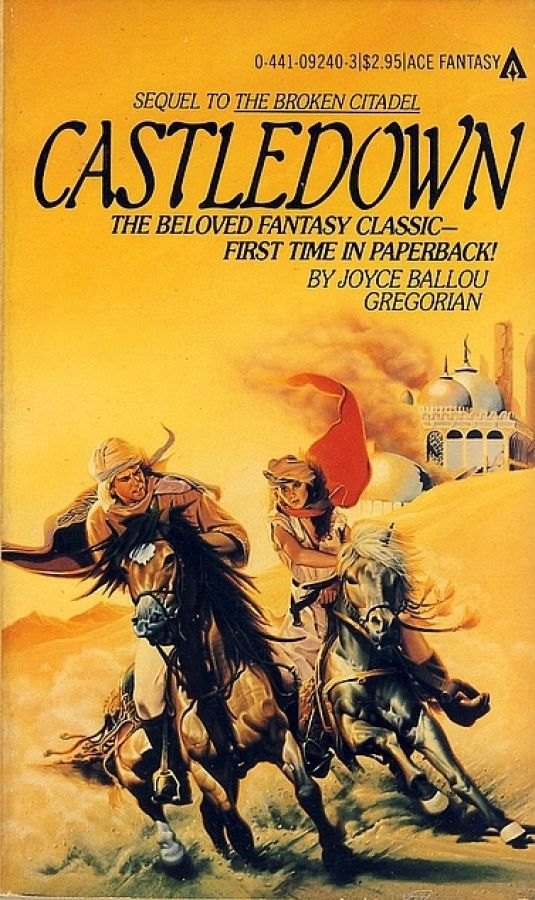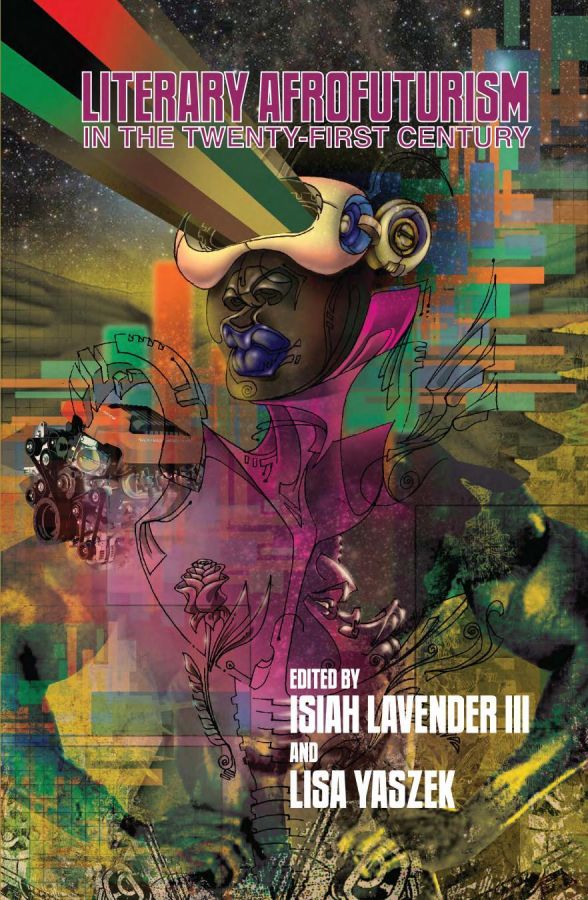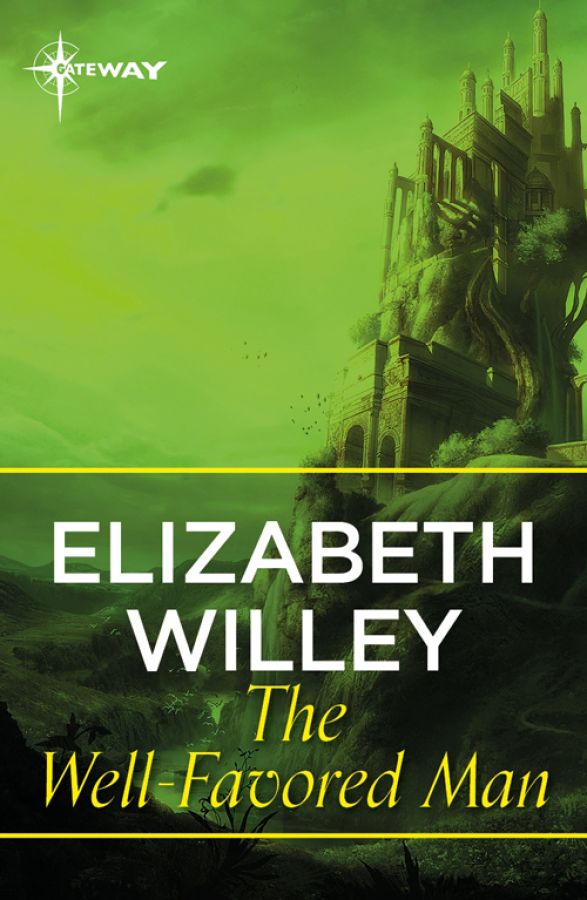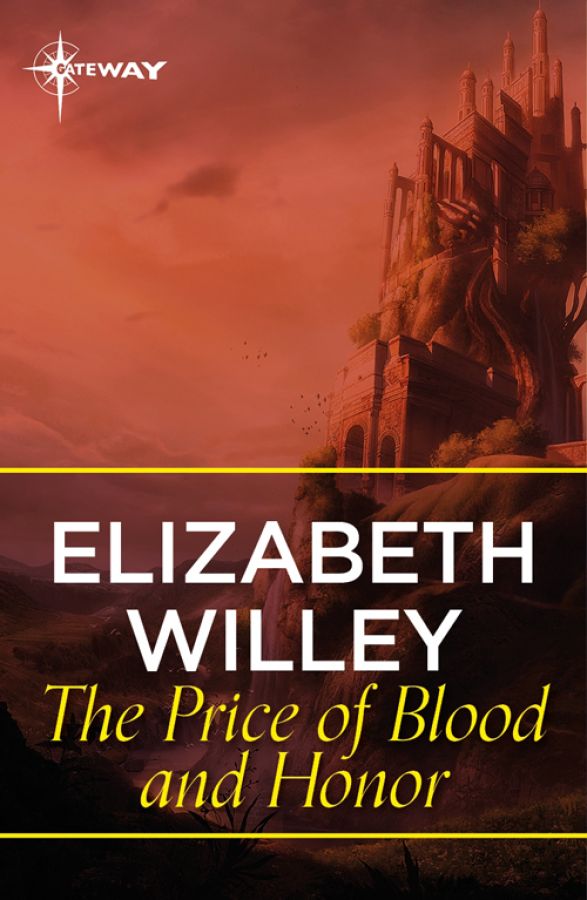Books Received, September 12 — 18
19 Sep, 2020
0 comments

Although things have changed in the other world of Tredana during Sybil’s six year absence, she is still willing to fight for her friends.

In Literary Afrofuturism in the Twenty-First Century, eminent contributors pay tribute to Afrofuturism as a powerful and evolving aesthetic practice that communicates the experience of science, technology, and race across centuries, continents, and cultures. While Ryan Coogler and Janelle Monáe may have helped bring the genre into contemporary pop consciousness, it in fact extends back to the writing of eighteenth-century poet Phyllis Wheatley and has continued in the work of Samuel R. Delany, Octavia E. Butler, N. K. Jemisin, and many others. In examining this heritage, contributors in this volume question generic boundaries, recover lost artists and introduce new ones, and explore how the meteoric rise of a new, pan-African speculative literary tradition may or may not connect with Afrofuturism.
Additionally, the editors have marshaled some of today’s most exciting writers for a roundtable discussion of the genre: Bill Campbell, Minister Faust, Nalo Hopkinson, N. K. Jemisin, Chinelo Onwualu, Nisi Shawl, and Nick Wood. Pioneering author and editor Sheree R. Thomas limns how black women have led new developments in contemporary Afrofuturism, and artist Stacey Robinson’s illustrations orient readers to the spirited themes of this enduring and consequential literary tradition.
Contributors: Marleen S. Barr, Mark Bould, Gerry Canavan, Lisa Dowdall, Rebecca J. Holden, De Witt Douglas Kilgore, Isiah Lavender III, Nedine Moonsamy, Stacey Robinson, Sheree R. Thomas, Elizabeth A. Wheeler, Jerome Winter, Gina Wisker, Lisa Yaszek

Welcome to Argylle, whose ruling family is a brilliant, flighty, civilized, and dangerous clan of nearly-immortal warriors and magicians. Young Prince Gwydion, stuck with ruling the Dominion, is finding his reign eventful, what with the plagues of monsters, a ravenous dragon, and a young woman claiming to be his long-lost sister. .

Once there was only the land of Phesaotois, with a cold and baleful Stone at its magical heart. Much later came the land of Pheyarcet, younger and hotter, with its Well of Fire inextricably bound up with its ruler, the great Panurgus. Then Panurgus died, touching off a bitter struggle between his sons that ended with Avril on the throne and Prospero, mightiest of the sorcerers, in permanent exile. All that was an age ago. Now Prospero, grown ancient and subtle, has found a new, third land: bright Argylle, with its primal Spring of clear water. Argylle is a fair realm in its own right; but the children of Panurgus never forgive and never forget. And so Prospero decides it is an auspicious time to seize the throne of Phesaotois from Avril — thereby setting in motion a vast tale of romance and espionage, of talking animals and mythic beasts, of metaphysics and primal creation, of mannerly drama and gritty military detail: an epic that can only end in a conflagration of blood and honor.

A powerful fantasy novel in its own right, set in an expansive and complex fantasy universe, The Price of Blood and Honor brings to a grand climax the tale, begun in The Well-Favored Man and A Sorcerer and a Gentleman, of the kingdoms of Landuc, Noroison, and Phesaotois. The bitter, centuries-old feud between Emperor Avril and his wizardly brother, Prospero, has broken into open warfare, and events and armies are unstoppably on the move. In the midst of all this, Prospero’s two grown children — staunch, unworldly Freia, and her urbanely sorcerous half-brother, Dewar — find themselves thrust into the very heart of the action. The Price of Blood and Honor is a rich, complex, and splendidly high-handed work, full of epic tragedies and comedies of manners, wars and romances, primal acts of creation, gritty military details, intricate espionage capers, talking animals, mythic beasts, ducks, and a great deal more besides, in the story that is the climax and completion of this series.